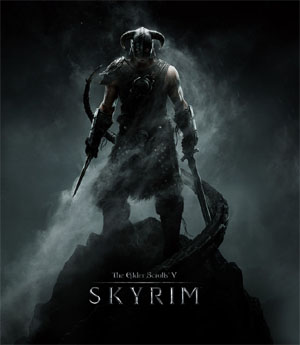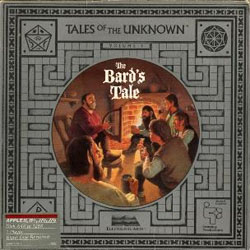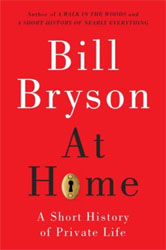 Tom Bissell has an interesting piece on Elder Scrolls V: Skyrim over here. He’s trying to figure out why everything is wonderful about Skyrim… except the NPC dialogue.
Tom Bissell has an interesting piece on Elder Scrolls V: Skyrim over here. He’s trying to figure out why everything is wonderful about Skyrim… except the NPC dialogue.
He talks about a lot of things: That the game becomes cinematically boring (due to a fixed camera angle and a lack of action) during the dialogue. That the actual dialogue is terrible, forced, and false. That the voice acting, hampered by the poor writing and lack of context, is bland and weak. That there’s a lack of creatively-directed animation, which means every NPC is just a plastic, flapping mouth animation.
Based on my previous experience with Bethesda games, I’m guessing that this is all 100% true.
But I think most of this is just a symptom of a problem that Bissell struggles to put his finger on. A quick excerpt:
It surely says something that even my most fervent Skyrim-loving friends cop to skipping through the expository narrative sequences. They laugh when they admit this, and it’s a nervous, uncomfortable laugh — a laugh that suggests they’re wondering why they do this. I’ll tell them: Because the stuff they’re skipping is so bad that it makes the rest of the game seem like a waste of time, which it’s not. When many of a game’s biggest fans are unable to endure large parts of that game, it may be time to reexamine the vitality of certain aspects of the experience. Just for starters, not every merchant in Skyrim needs a dialogue tree concerning his or her personal history. Not every Jarl needs to offer you the chance to learn about his town’s ostensibly fascinating history. Why make every character a walking lore dump when lore can be more effectively embodied in the world and environments? After all, the world and environments are already there in Skyrim; they’re quite literally everywhere you look, gushing all manner of wonderfully implied lore. And they’re beautiful. Like most who play Skyrim, I’m greatly drawn to these incredible environments because the act of exploring them becomes uniquely my experience. When I’m listening to and watching Skyrim’s interminable characters, I’m skipping through the same dumb cartoon everyone else is.
I think what Bissell is trying to identify, under all of this, is a pretty simple principle: The lack of interactivity in video game dialogue.
Everything else about the Elder Scroll games positively bristles with interactivity: You can go anywhere. You can do practically anything.
But as soon as you start talking to an NPC, the game locks down and your interaction with the game world goes away. Oh, sure, you’ve got dialogue options to choose from. But at least 95% of these boil down to you simply selecting the next topic the NPC is going to lecture you about. It never feels like the NPCs are actually talking to you; it always feels like they’re just talking at you.
The old Ultima games used to have a dialogue system in which you could type in keywords to provoke responses from NPCs. Within the limitations of the technology at the time, this was extremely interactive. But then the entire industry (including the later Ultima games) took a step backwards and simply generated the applicable list of keywords so that you could select between them.
And the industry really hasn’t done anything to update dialogue interaction since then.
I’m not saying that we need to go back to keyword input. (That’s marginally more interactive, but not by much. You’re still just topic-selecting.)
The marginal exception to this is Bioware, who have consistently pushed for deeper and more meaningful choices within their dialogue systems. The industry needs to look at their games and then push even farther. The industry needs to make dialogue interactions just as fun; just as interesting; and just as exciting as the rest of the game. And they can do that by abandoning the concepts of “topic selection” and “exposition pumping”, and instead focus on how actual conversations operate.



